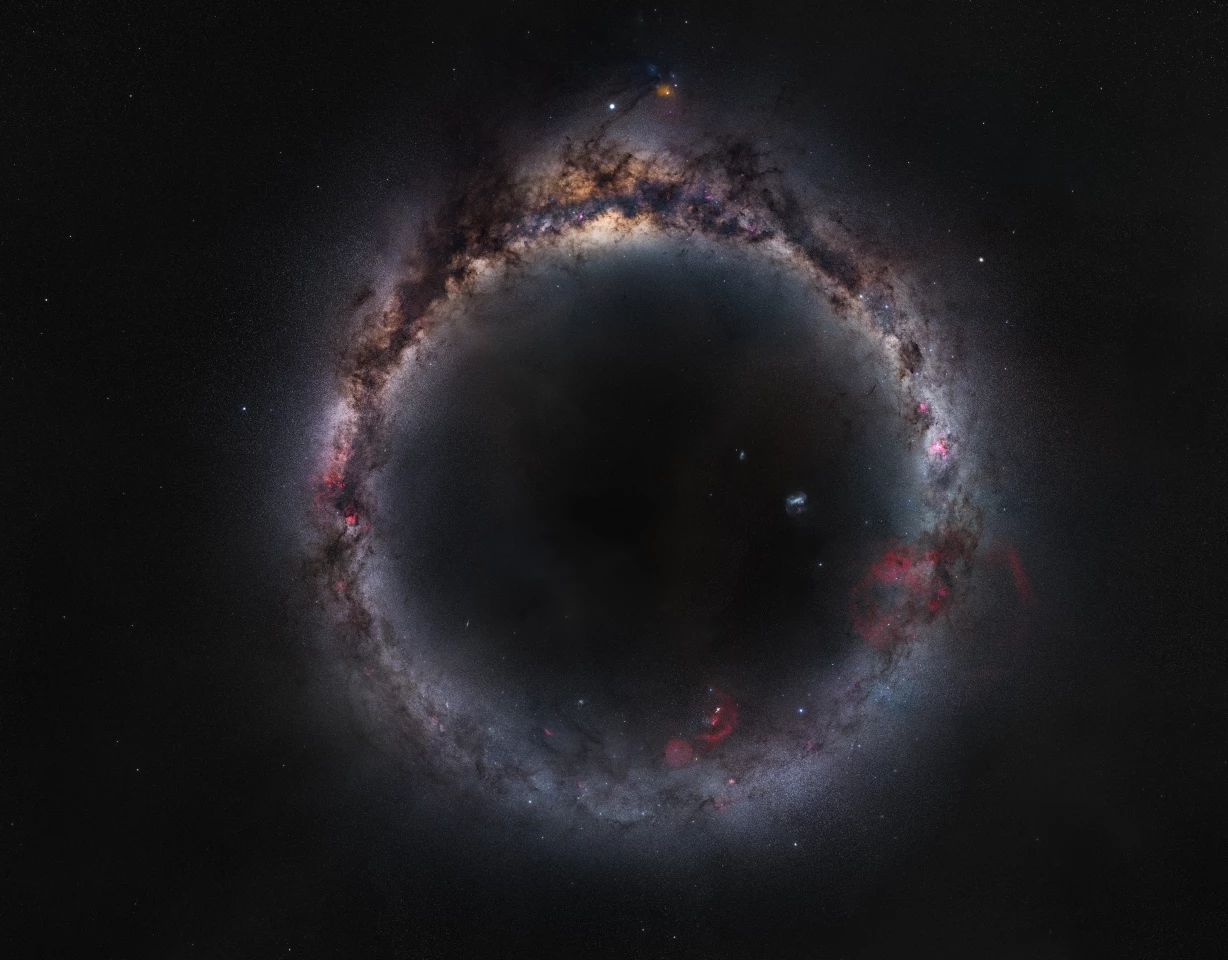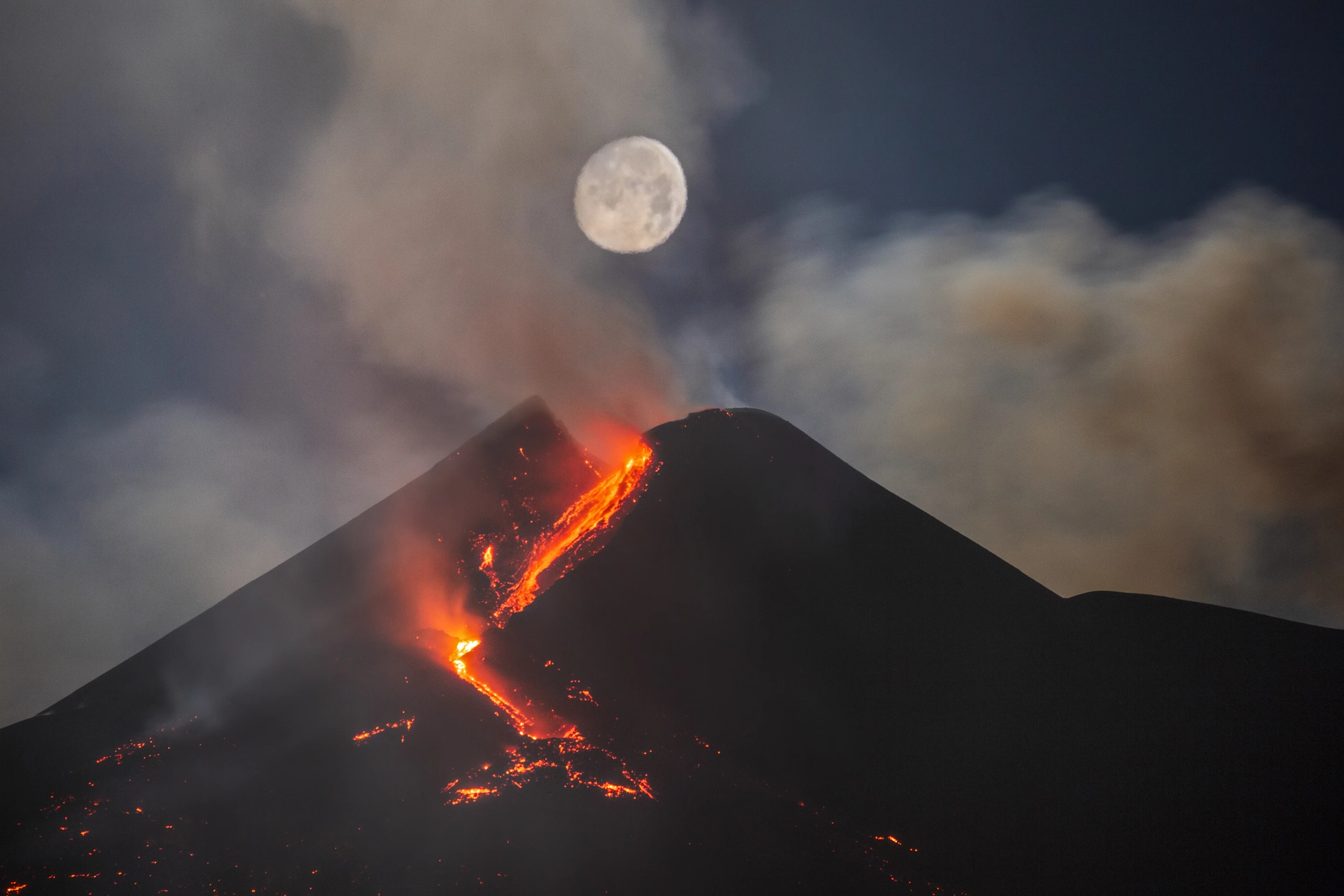An incredible image of a solar eclipse has won this year's Astronomy Photographer of the Year competition. Selected from more than 4,500 entries, the stunning shot was awarded alongside other highlights, including a number of technically masterful photos of distant galaxies.
The illustrious photo competition is in its 13th year and is run out of the The Royal Observatory Greenwich. The Observatory itself was founded back in 1675 and has been at the center of several historic milestones in the measurement of time and space.

This year's top prize went to photographer Shuchang Dong for a deceptively simple shot of a solar eclipse. Dong's image was snapped in Tibet during a total solar eclipse in mid-2020.
"This image demonstrates both the beauty and simplicity of an eclipse, but also the science behind this astronomical event," says Emily Darbek-Maunder, one of this year's judges. "Our sun can still be seen as a ring circling the Moon as it passes in front of the Sun, and mountains on the lunar surface can be seen hiding some of this light on the lower righthand portion of the image. This is a stunning achievement!”

Winning the Aurorae category was a haunting shot from photographer Dmitrii Rybalka. Snapped from a moving ship approaching the Kara Strait in Russia, judge Sue Prichard said the image was reminiscent of an opening scene from a sci-fi movie.
“I'm intrigued by this image," says Prichard. "It is both beautiful but extremely unsettling. The juxtaposition of the vividness of the green with the inky blue of the ship is so dense, almost like velvet. However, the lack of any sign of human life on this steadily moving vessel feels like the opening scene of a science fiction film.”

Another stunning, somewhat unprecedented highlight, came with Chinese photographer Zhong Wu's mind-bending 360-degree mosaic of the Milky Way. Wu spent two years piecing the image together from 1,000 separate shots taken in both the Southern and Northern Hemispheres.
“This cosmic circle is one of the most breathtaking entries we saw this year," says judge Imad Ahmed. "The balance of colors, from the glowing upper half of the ring, to the darker, moodier bottom half, seems to encompass a whole range of majesty and beauty. The dedication of the photographer, who took almost two years to piece this picture together, must be applauded too.”
Take a look through our gallery at all the winners in the most spectacular photo contest in the universe.
Source: Royal Museums Greenwich


























